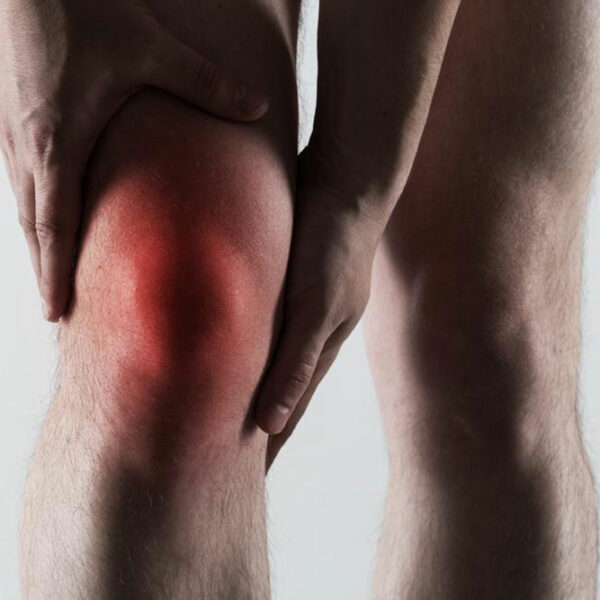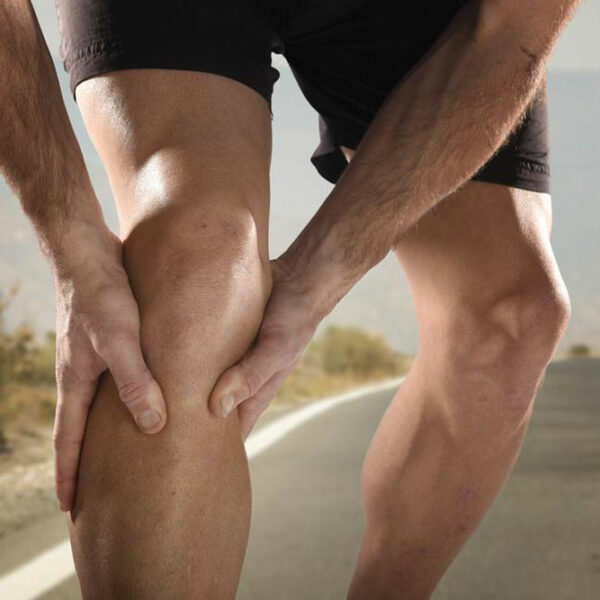
Gout attacks and their treatment procedures
Gout is inflammatory arthritis which is developed due to high levels of uric acid in the blood. The acid has the capability to form into needle-like crystals in a joint. These crystals cause severe pain, tenderness, swelling, and redness. It most affects the large joint of the big toe. It also affects feet, ankles, wrists, hands, knees, etc. The attacks of gout occur suddenly and mostly at nights. Gout is more common among men than women. Over 4% of the US population suffers from gout arthritis. It occurs due to various factors like genes, medications, age and gender, diet, alcohol, and sodas. The treatment procedures you need to know about: The main aim of gout treatment is to reduce the sharp pain and limit its chances of recurrence. This also aims to reduce complications like joint destruction and kidney failure. This requires medical support to treat along with some home precautions to follow. Some of the more popular gout treatment procedures are listed below! Getting adequate rest When a gout attack occurs, rest the affected joint. This helps in the pain reduction to a certain extent. Proper rest, along with the prescribed medicines, give you relief from the pain, which is the worst part of gout.

